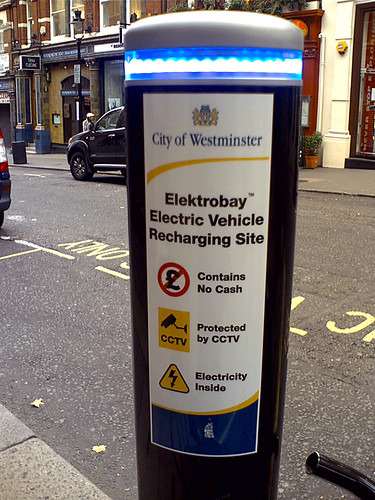Airline losses worldwide may total $9 billion in 2009, nearly double a previous forecast
(Source: Time)
The International Air Transport Association (IATA), which represents 230 airlines worldwide, increased its loss estimate from the $4.7 billion it forecast in March, reflecting a “rapidly deteriorating revenue environment.”
Although there has been growing signs of a bottoming out of the recession, IATA said the industry was severely hit in the first quarter with 50 major airlines reporting losses of more than $3 billion. Weak consumer confidence, high business inventories and rising oil prices pose headwinds for future recovery, the association said during a two-day global aviation conference in Kuala Lumpur.
Revenues are expected to decline by $80 billion — an unprecedented 15% from a year ago — to $448 billion this year, and the weakness will persist into 2010, it said.
“There is no modern precedent for today’s economic meltdown. The ground has shifted. Our industry has been shaken. This is the most difficult situation that the industry has faced,” said IATA Chief Executive Giovanni Bisignani. The Geneva-based association also revised its estimated loss for last year to $10.4 billion from $8.5 billion previously.
It said passenger traffic for 2009 is expected to contract by 8% from a year ago to 2.06 billion travelers. Cargo demand will decline by 17% and some 100,000 jobs worldwide are at risk, it said.
The association expects the industry fuel bill to shrink by $59 billion, or 36%, to $106 billion this year, accounting for 23% of operating costs with an average oil price of $56 a barrel. But crude oil prices have rallied in recent weeks, breaching the $70 a barrel level on Friday on hopes of economic recovery.
IATA said carriers in all regions were expected to report losses, with Asia-Pacific to be the hardest hit amid a sharp slowdown in its three key markets — Japan, China and India. The region’s carriers are expected to post losses of $3.3 billion, worse than the previous forecast of $1.7 billion but better than the $3.9 billion losses last year.
North American carriers are expected to lose $1 billion, far better than its $5.1 billion losses in 2008, thanks to early capacity cuts and limited hedging by U.S. airlines.











 Likewise, we hope to find common ground among metropolitan areas in the Southwest Megaregion on programs and policies that would help regions and subregions meet their core infrastructure challenges. The forum marks the first major convening of the west coast office of America 2050, housed at the
Likewise, we hope to find common ground among metropolitan areas in the Southwest Megaregion on programs and policies that would help regions and subregions meet their core infrastructure challenges. The forum marks the first major convening of the west coast office of America 2050, housed at the